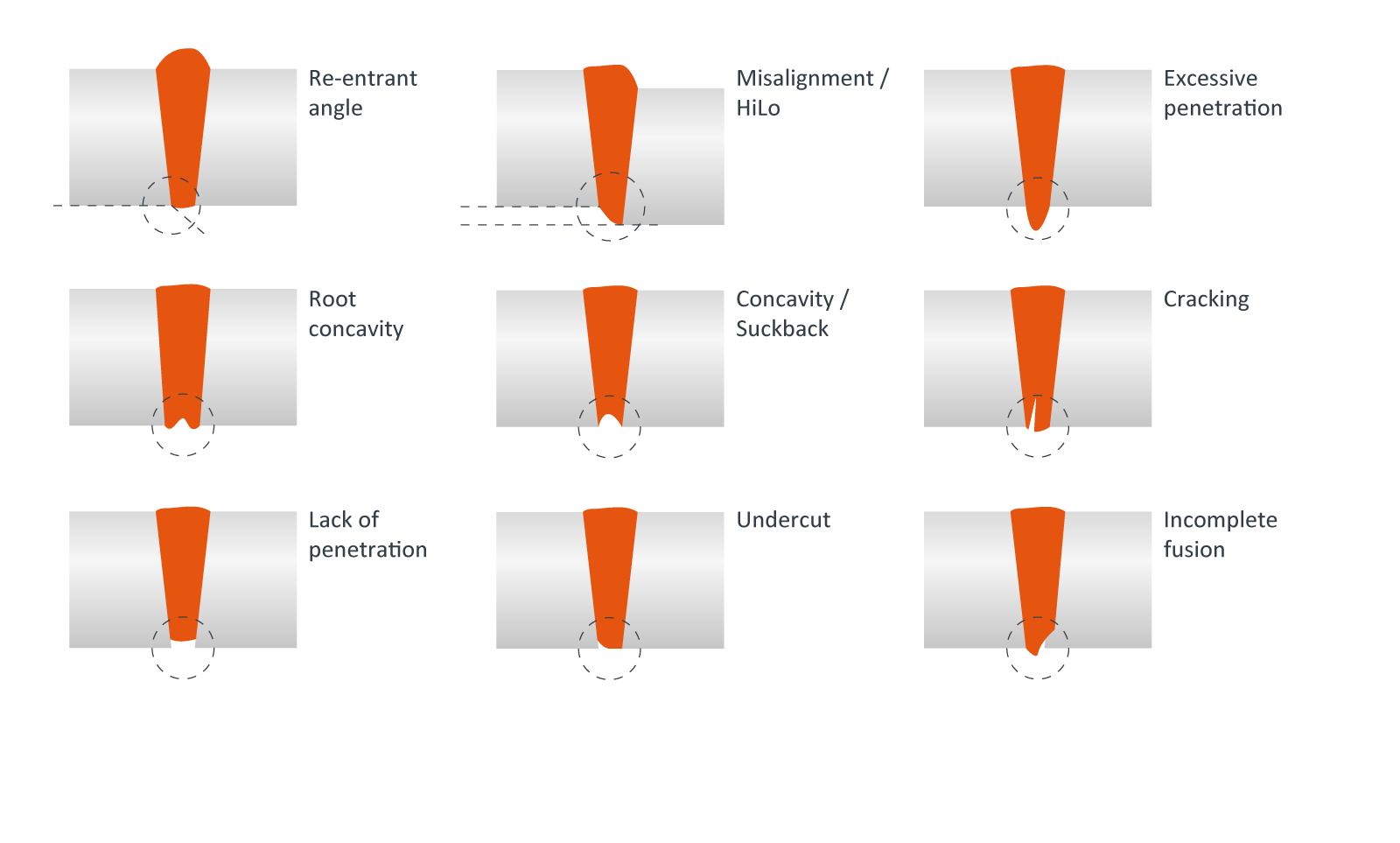Reliable Ways to Prevent Weld Undercut in Your Welding Jobs
Reliable Ways to Prevent Weld Undercut in Your Welding Jobs
Blog Article
Mastering the Art of Welding: Just How to Prevent Undercut Welding Issues for Flawless Construction Results
Effectiveness and precision are vital in the globe of welding, where even the tiniest blemish can compromise the structural integrity of a produced item. One common obstacle that welders face is damaging, a problem that can deteriorate a weld joint and lead to expensive rework. By recognizing the origin of undercut welding and executing reliable methods to prevent it, welders can raise their craft to new degrees of excellence (Preventing weld undercut). In the pursuit of remarkable manufacture results, understanding the art of welding to stay clear of undercut issues is not simply an ability yet a need for those pursuing perfection in their job.
Recognizing Undercut Welding

To protect against undercut welding, welders should ensure appropriate welding parameters, such as changing the existing, voltage, travel rate, and keeping the proper electrode angle. By understanding the reasons of undercut welding and applying preventative procedures, welders can attain top notch, structurally audio welds.
Causes of Undercut in Welding
Comprehending the variables that add to damage in welding is essential for welders to generate top quality, structurally audio welds. Poor welding present or inaccurate welding speed can likewise add to damage. Recognizing these causes and executing appropriate welding methods can assist stop undercutting issues, ensuring strong and resilient welds.
Methods to avoid Undercutting

To alleviate the risk of damaging in welding, welders can utilize calculated welding techniques intended at boosting the high quality and honesty of the weld joints. Additionally, utilizing the correct welding strategy for the details joint setup, such as weave or stringer grains, can add to reducing undercutting.
Additionally, proper joint prep work, consisting of ensuring clean base materials without contaminants and using the suitable welding consumables, is crucial in stopping undercut issues. Employing back-step welding techniques and managing the weld grain profile can also aid disperse warmth evenly and decrease the danger of undercut. Routine assessment of the weld joint throughout and after welding, as well as applying quality assurance procedures, can aid in resolving and finding damaging problems immediately. By applying these methods diligently, welders can achieve remarkable manufacture results discover here with marginal undercut flaws.
Relevance of Correct Welding Criteria
Picking and keeping suitable welding parameters is essential for achieving successful welds with minimal problems. Welding specifications describe variables such as voltage, present, travel speed, electrode angle, and securing gas circulation rate that directly influence the welding process. These specifications must be thoroughly readjusted based on the kind of product being bonded, its density, and the welding method employed.
Appropriate welding parameters make certain the correct amount of heat is put on thaw the base steels and filler product uniformly. If the parameters are set too high, it can lead to extreme warmth input, triggering distortion, spatter, or burn-through. On the various other hand, if the parameters are also low, insufficient combination, absence of penetration, or undercutting might happen.
Quality Guarantee in Welding Workflow

Verdict
To conclude, mastering the art of welding calls for a comprehensive understanding of undercut welding, its reasons, and techniques to stop it. By guaranteeing appropriate welding specifications and implementing quality control methods, remarkable fabrication results can be achieved. It is crucial for welders to continually make every effort for quality in their welding procedures to avoid undercut issues and produce top quality welds.
Undercut welding, an usual defect in welding procedures, takes place when the weld steel does not correctly fill up the groove and leaves a groove or depression along the welded joint.To avoid undercut welding, welders must make sure correct welding criteria, such as readjusting the existing, voltage, traveling rate, and maintaining the appropriate electrode angle. Inadequate welding inaccurate or present welding rate can likewise add to undercut.To alleviate the threat of damaging in welding, welders can use calculated welding methods aimed at boosting the high quality and integrity of the weld joints.In verdict, grasping the art of welding needs a comprehensive understanding of undercut welding, its causes, and techniques to prevent it.
Report this page